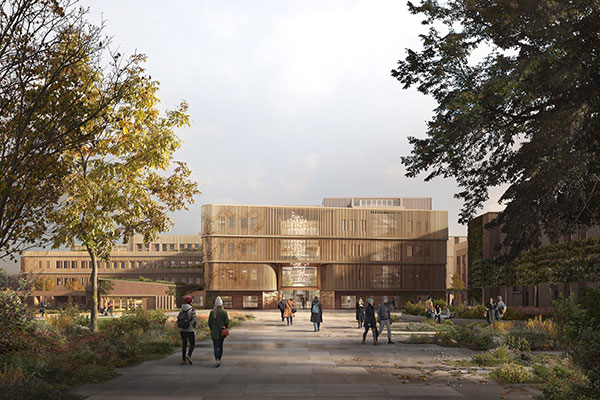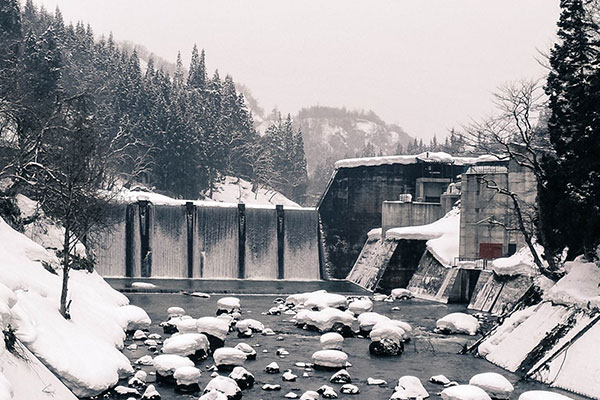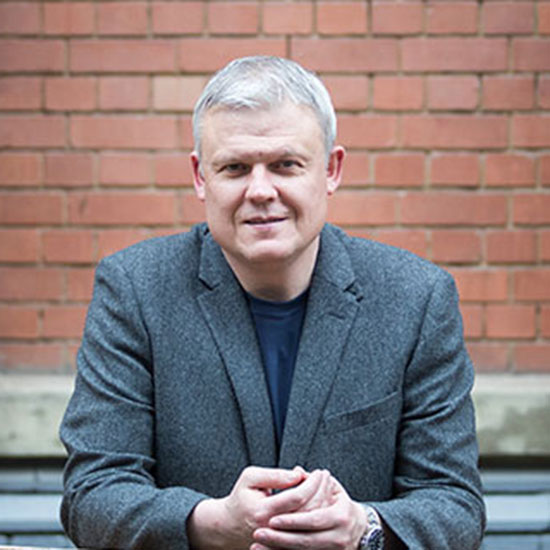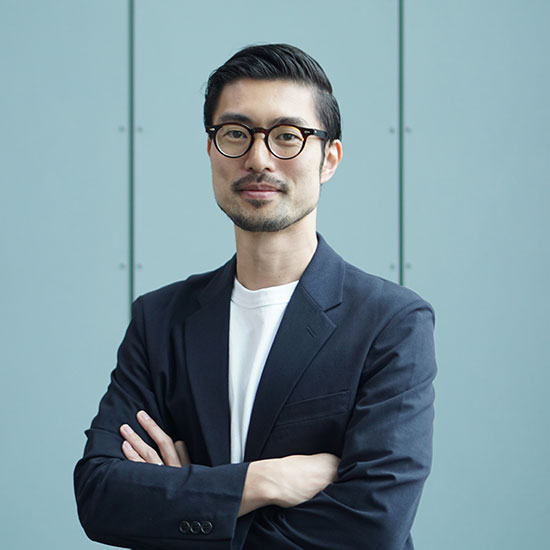Expertise
How we can help
1. Conservation
Boosting energy efficiency in buildings mitigates climate pollution, drives out waste and reduces costs. Our holistic approach to designing sustainable low energy buildings such as the award-winning UEA Enterprise Centre enables us to maximise the benefits of good passive design. Our engineering specialists design energy using systems to the highest standards of efficiency incorporating demand control regimes that pin-point energy usage to match users’ exact needs.
2. Generation
We design low carbon and renewable energy generation systems at varying scale. These systems can incorporate heat pump technology for heating and cooling to benefit from decarbonising electricity supplies, large scale solar PV arrays to provide green energy to large campuses and macro level hydropower plants that can serve entire urban areas.
3. Balancing and energy arbitrage
Energy balancing systems such as Battery Energy Storage Systems (BESS) can facilitate peak shaving and load shifting by storing energy from peak periods of renewable generation for use during peak demand. Our BESS can also assist with hedging risks when energy prices are volatile (arbitrage), drawing power from the grid when the cost of the energy is low and discharging power to the load when the cost of energy is high.
4. Smart control
We have the expertise to create digital twins of buildings, campuses or even entire urban areas that can be used to test scenarios and predict energy demand. We can create intelligent systems incorporating smart metering and smart grid technologies to model energy generation from numerous sources and control against predicted demand.
Case studies

John Innes Centre, Norwich Research Park
Norwich, UK
We are designing the largest net zero carbon laboratory in the UK for the John Innes Centre (JIC) and The Sainsbury Laboratory (TSL), in conjunction with BBSRC at Norwich Research Park.

Okura Masudama Hydroelectric Power Plant
Okura Village, Japan
The Okura Masudama Hydroelectric Power Plant, located in Okura Village, Yamagata Prefecture, was constructed as a public-private partnership (PPP) project utilizing a Sabo dam as its intake facility.


